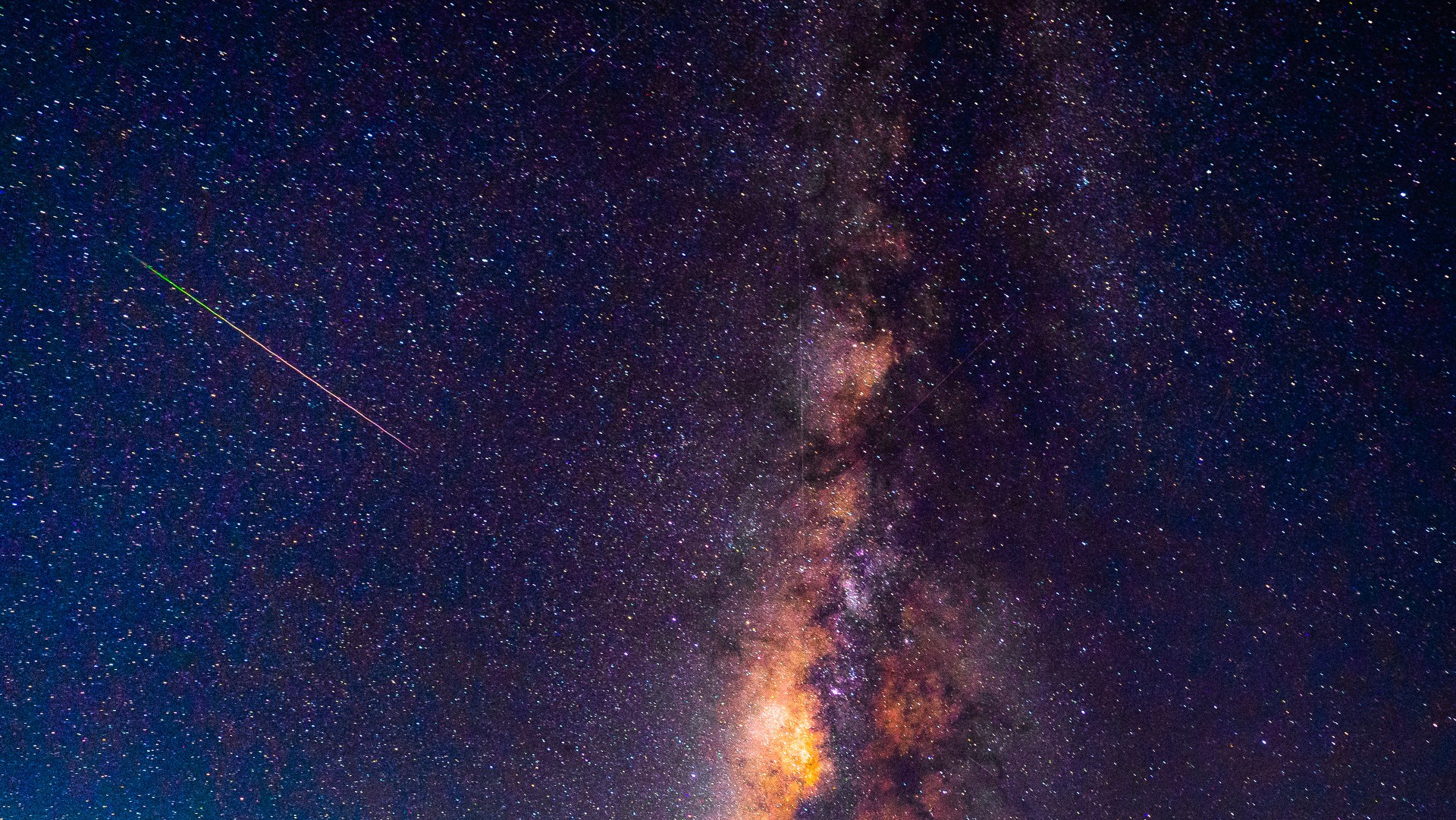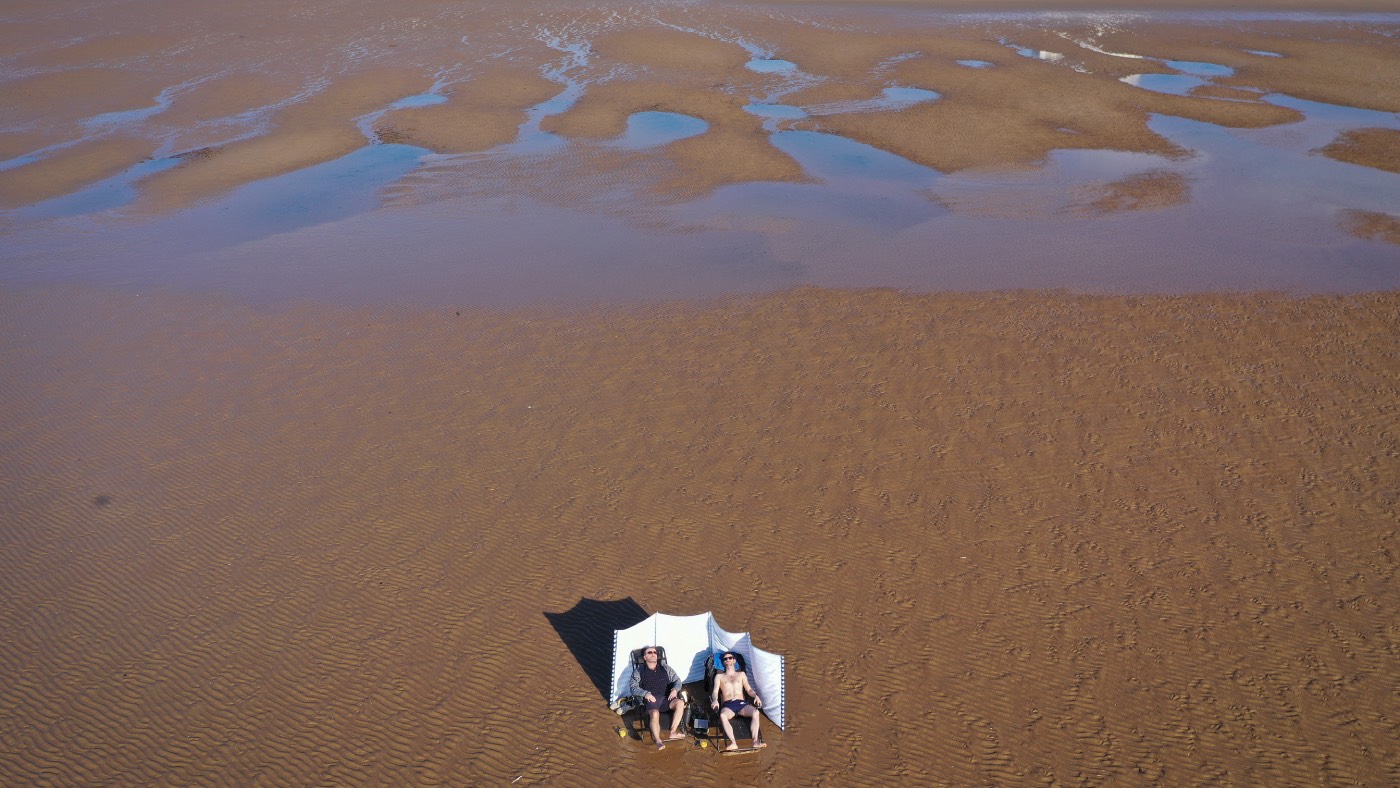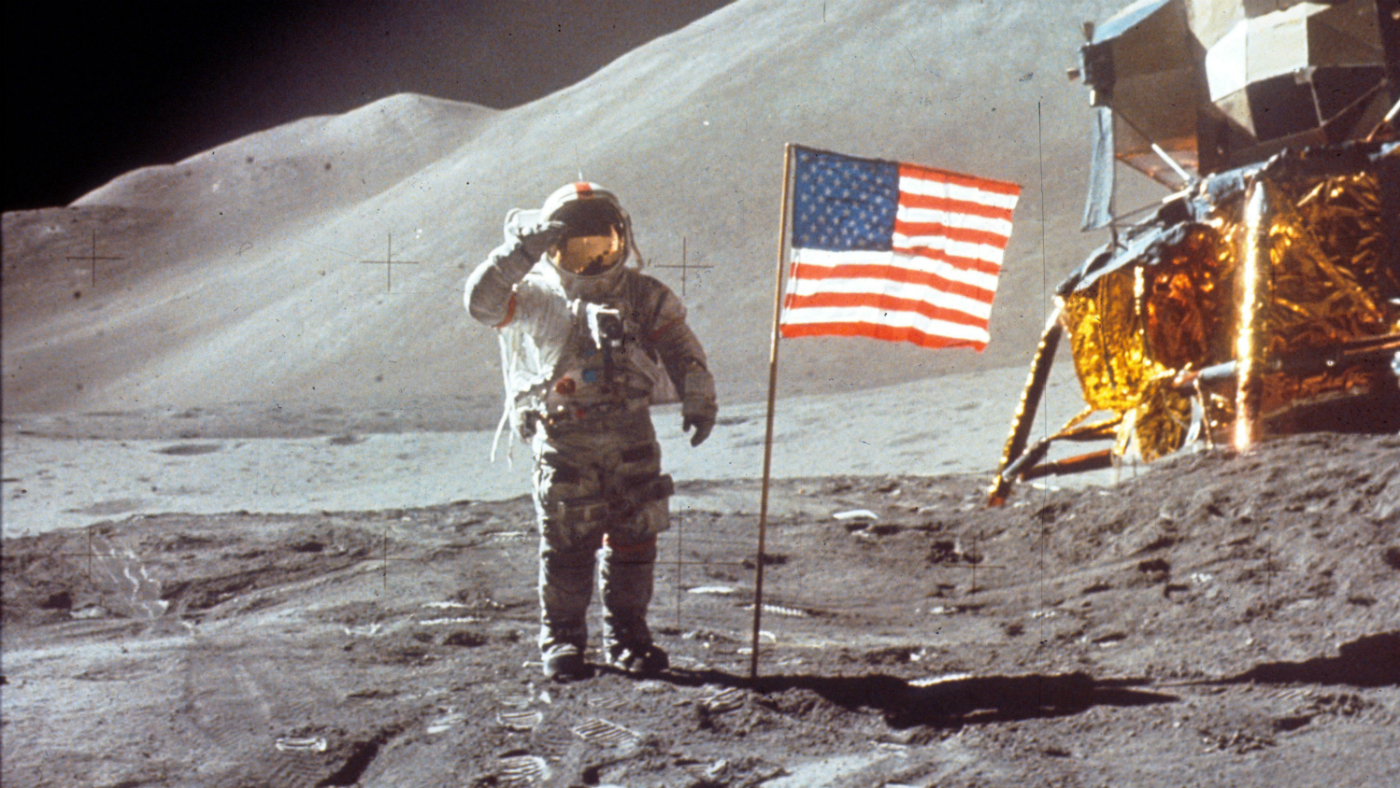The Harvard and Papua New Guinea interstellar meteor row
‘Bafflement and indignation’ from authorities after team of scientists claim recovered fragments may belong to alien spacecraft

The removal of fragments from a possible interstellar meteor has sparked a row between scientists from Harvard and Papua New Guinean authorities.
Harvard astrophysicist Avi Loeb announced last month that his team had recovered 50 tiny spherical iron fragments from the Pacific Ocean. They were believed to belong to IM1, a meteor that plunged into the Earth’s atmosphere in 2014.
Now Papua New Guinean authorities claim they had no knowledge of what Loeb’s team were doing in the country and that they may even have entered the country illegally on business visas rather than special exemptions issued to scientists.
The Week
Escape your echo chamber. Get the facts behind the news, plus analysis from multiple perspectives.

Sign up for The Week's Free Newsletters
From our morning news briefing to a weekly Good News Newsletter, get the best of The Week delivered directly to your inbox.
From our morning news briefing to a weekly Good News Newsletter, get the best of The Week delivered directly to your inbox.
Why is the meteor so significant?
Using data from Nasa’s Center for Near Earth Object Studies, Loeb calculated the IM1 meteor crashed into the Pacific Ocean off Manus Island, 260 miles north of the mainland of Papua New Guinea, in 2014.
He claimed that not only was the kitchen-sink-sized object travelling at a higher velocity than 95% of the stars nearby when it reached the Earth’s atmosphere – indicating it came from outside our Solar System – but it was also extremely tough, not breaking up until reaching a lower atmosphere.
Loeb therefore believed it to be “technological in origin”, or in other words “the remnants of a probe or a spacecraft created by an alien civilisation”, reported The Times.
In a 2018 article in Scientific American, he also speculated that the comet Oumuamua – believed to be the first interstellar object observed from Earth in 2017 – might be artificial, rather than natural in origin and, therefore, the product of an alien civilisation. He went on to publish his hypothesis in a bestselling book, earning him the nickname “The alien hunter of Harvard” as well as “no small degree of criticism from fellow scientists”, said the BBC.
A free daily email with the biggest news stories of the day – and the best features from TheWeek.com
As then, other scientists “remain sceptical” about his latest claims, said New Scientist.
Loeb’s evidence for an extraterrestrial source for the material, “never mind an interstellar origin, is rather shaky”, argued Monica Grady, professor of planetary and space sciences at the Open University, on The Conversation. “There is a very large scientific leap from observing a fireball to claiming it is an alien spaceship.”
This has not stopped Loeb claiming in Newsweek that the discovery “opens a new frontier in astronomy, where what lay outside the solar system is studied through a microscope rather than a telescope”. He has written about the possibility of winning the Nobel Prize and even booked the huge video screen in New York’s Times Square to make an announcement if the evidence bears out his theory.
“Even if they turn out not to be the remains of an alien spacecraft, the fact that the meteor originates from outside the Earth’s solar system is in itself very important,” said The Times.
It is “a startling fact”, agreed the BBC, “that no human has ever personally encountered material from outside our Solar System – at least, not knowingly”.
The discovery of material from an interstellar meteor would be “an enormous scientific achievement”, said Amir Siraj, part of the Harvard team behind the expedition, in Scientific American. To put it in context, he wrote, “an optimistic estimate for the time it would take to fetch a similar sample from the nearest star system is comparable to the age of our species”.
Why is Papua New Guinea so angry?
As Loeb and his team face scepticism from the scientific community, their expedition has also taken on a political dimension.
In Papua New Guinea, there is “bafflement and indignation” that the Harvard team bypassed the conventional licensing channels and removed the meteor fragments “without clear agreement as to what benefits a scientific breakthrough might bring to the country”, reported The Times.
“We’ve been cheated,” George Penua Polon, deputy administrator of Manus Province, told the paper. “They came here, no one knew about it and now they’ve gone. What have they found? Does it have value? Do we have rights over it? If it’s scientific research, how are our scientific institutions going to benefit?”
Questions remain about the visa status of the team when they entered the country, and a senior official in the immigration department suggested the scientists could also potentially have broken the law by removing “rare objects” from the country without notifying the authorities.
“It may be illegal,” he said. “Hence, those scientists can be charged criminally.”
-
 Why is Trump killing off clean energy?
Why is Trump killing off clean energy?Today's Big Question President halts offshore wind farm construction
-
 8 restaurants that are exactly what you need this winter
8 restaurants that are exactly what you need this winterThe Week Recommends Old standards and exciting newcomers alike
-
 ‘This is a structural weakening of elder protections’
‘This is a structural weakening of elder protections’Instant Opinion Opinion, comment and editorials of the day
-
 Will warmer weather halt the march of coronavirus?
Will warmer weather halt the march of coronavirus?In Depth Researchers say summer conditions will not be enough to defeat the outbreak
-
 Relaunching Nasa’s moon missions
Relaunching Nasa’s moon missionsIn Depth In Depth: Donald Trump’s new directive aims to put humans back on the Moon for the first time since 1972